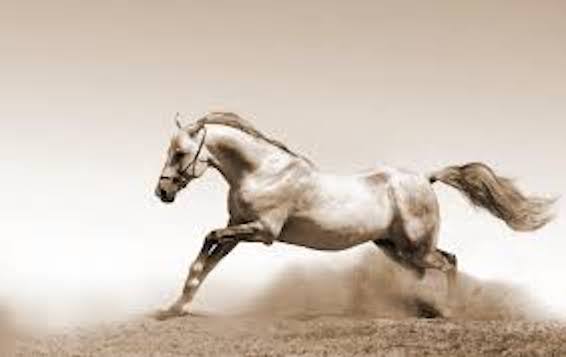How To Draw Movements and Motion
Your ability to draw things and – even more important – living beings in motion is an important factor for creating lively and natural pictures. The base for drawing people in motion is the line of action. This is an imagined centre line of the body and maps out the general direction of the movement of the body. Getting it right will make the character convincing. If the character is standing it’s a straight line from top down, but if the character is moving it’s most often a curve, sometimes an s-shape. Keep it simple, if the line of action goes in too many directions it will not only look unrealistic but could also be very confusing for the viewer as it’ll be hard to see what is really going on in the picture.
Another key element when drawing people in motion is that you have to draw the characters a bit off balance. The centre of gravity of a human is located somewhere in the lower stomach region. When someone is standing up, without moving, one foot is placed on either side of it preventing him from falling over. When that same person begins to move the centre of gravity also moves, creating an unbalanced position. The faster movement, the more the centre of gravity moves.
A good source for learning this is looking at the drawings used for animation like in Disney cartoons. They have really mastered the art of bringing life to characters using these exact two things; the line of action and the centre of gravity.
Some more tips:
- First you need some basic skills in drawing the human figure and its proportions
- Get an art mannequin, it helps to get the posing and movements right
- When drawing movements you need a quick and trained eye as you must capture the position within a movement at a glance
- Using / creating a video or a series of still images can be helpful tools to capture and understand the movement without relying on skills and a quick eye
When it comes to drawing animals in motion you need to follow basically the same rules you do when drawing people in motion. Some important things to adapt are:
- The line of action usually goes through the whole animal from head to tail.
- It’s a good idea to also include the tail in the same line which will give an even more convincing movement of the animal.
- The centre of gravity is usually of less concern to animals than it is with humans.
- This is because four legs usually stop the animal from becoming unbalanced.
Running animals can be very tricky.
If you look at running horses in old paintings they usually appear very unnatural. Often the horse seems to be floating in some strange fashion. This all changed when art of photography was invented and artists actually could see what was happening. The running movement is complex but the most convincing poses are usually one of the extremes; either when the legs are stretched out fully or when the legs are together under the body. Have a look at some photos yourself or have a look how other artists do it.
When it comes to animals it’s a good idea to keep it simple. Leonardo da Vinci said “Simplicity is the ultimate sophistication“ – that’s especially true if you learn how to draw movement.


